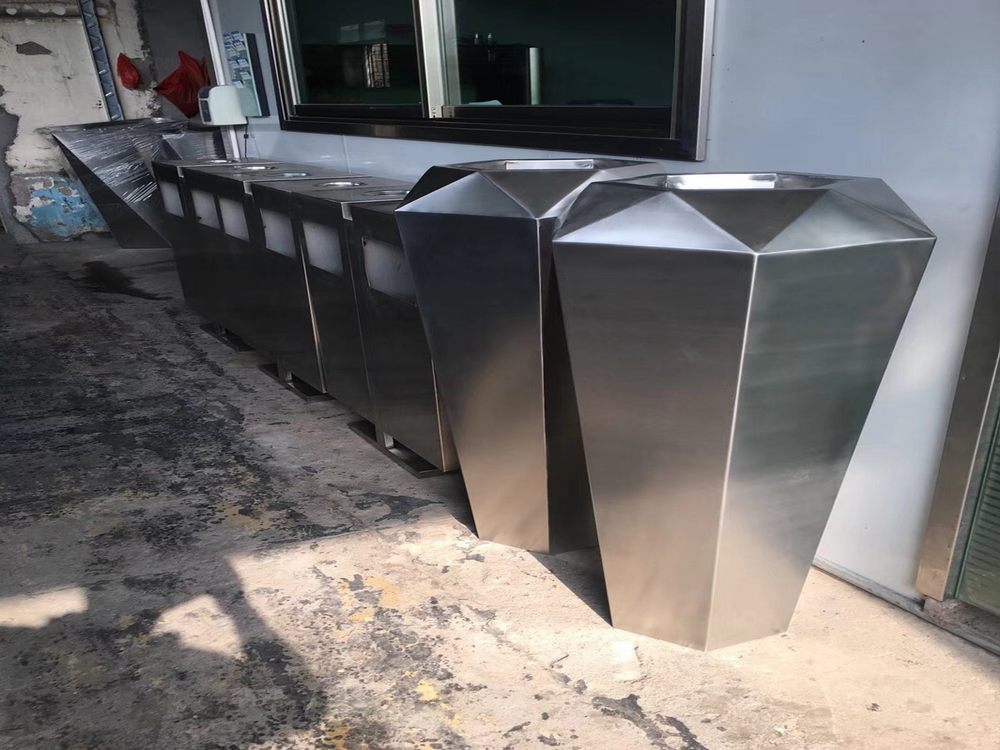
Porcelain sculptures have long been cherished for their beauty and versatility, but their design and purpose can vary significantly depending on whether they are intended for decoration or functional use. Here are the key differences between the two:
1. Design and Aesthetics: Decorative porcelain sculptures prioritize artistic expression, often featuring intricate details, vibrant colors, and imaginative forms. Functional pieces, such as teapots or vases, balance aesthetics with practicality, focusing on ergonomic shapes and usability.
2. Durability and Material: Functional porcelain requires higher durability to withstand daily use, so it is often made with thicker, more robust materials. Decorative pieces may use finer, more delicate porcelain to achieve intricate designs, sacrificing some durability for visual appeal.
3. Glazing and Finishing: Decorative sculptures often employ elaborate glazing techniques, including hand-painted designs or metallic finishes, to enhance their artistic value. Functional pieces use simpler, food-safe glazes that are resistant to wear and staining.
4. Production Techniques: Decorative porcelain may involve hand-sculpting or limited-edition craftsmanship, while functional items are often mass-produced with standardized molds to ensure consistency and affordability.
5. Cultural and Symbolic Meaning: Decorative sculptures frequently carry symbolic or cultural significance, serving as collectibles or display pieces. Functional porcelain, while sometimes decorative, primarily serves everyday purposes like dining or storage.
Understanding these distinctions helps collectors and buyers choose the right porcelain pieces for their needs, whether for artistic admiration or practical use.

